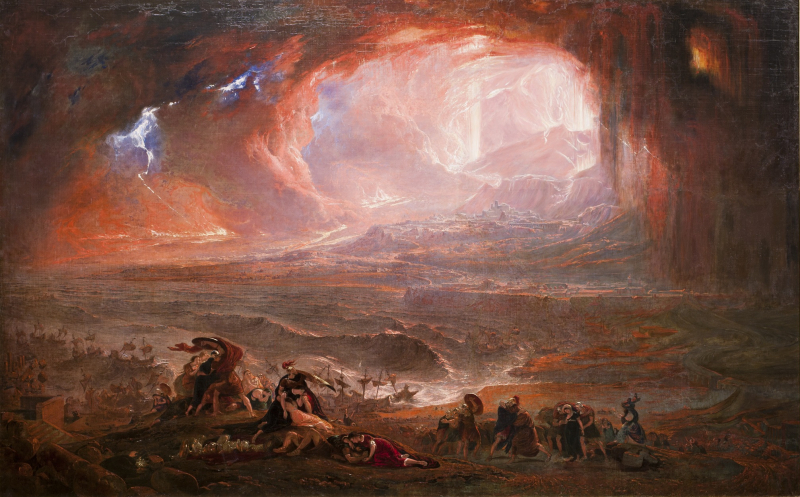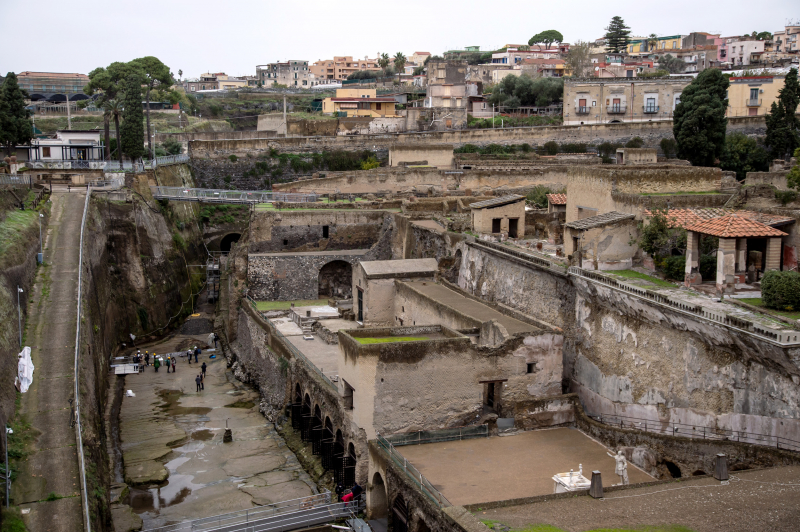Herculaneum
The eruption of Mt. Vesuvius in 79 AD has come to be associated with the city of Pompeii, whose preserved artifacts and bodies provide a visual representation of the tragedy. The majority of the victims died from thermal shock caused by the burning hot debris and lava, despite the fact that the temperature was not high enough to burn them. Although no one would call them "fortunate" in any sense of the term, they certainly got off light in comparison to the inhabitants of Herculaneum.
Herculaneum, a Roman town at the mountain's base, was a prosperous trading center at the time, but that all obviously changed on the day of the eruption. The remains here are much more difficult to recover because they have been covered in about five times the amount of ash that Pompeii has. There are also no well-preserved remains. There are only bones.
According to one recent analysis of the bones, the victims perished as a result of volcanic heat, since many of the bones show symptoms of fracture induced by extreme heat. Worryingly, they also discovered skull pieces. Unlike the residents of Pompeii, the residents of Herculaneum were subjected to a considerably more intense blast of heat, which caused their blood to boil to the point that their heads exploded.
- Location: Ercolano, Campania, Italy
- Stages: 79 AD
- Deaths: 300 people












